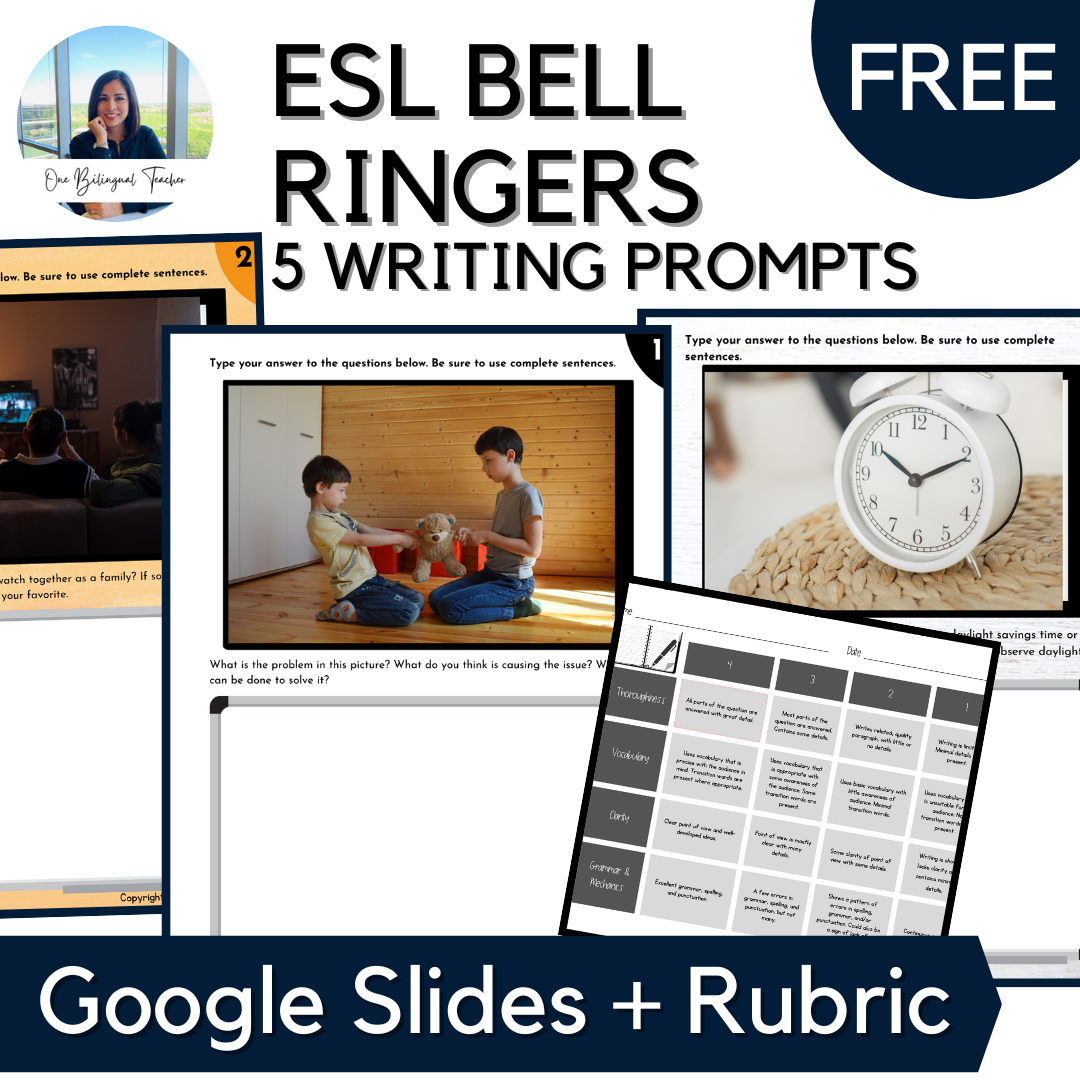Engage ESL Students in Subject and Predicate
It's amazing how similar the grammar curriculum is throughout the years starting from first grade all the way to high school. Unfortunately, we still get students who need the basics, and even worse still is that the resources available for the basic skills, such as subject and predicate, are geared toward younger children. Sound familiar?
But don't worry, in this post, you’ll find tips and tricks for teaching subjects and predicates to your secondary students. So, grab your favorite mug of something cozy, and let's get started!
Understanding Subject and Predicate
First, a quick summary of the concepts: Subjects and predicates are like the dynamic duo of sentences. The subject is the star of the show—it's who or what the sentence is about. The predicate, on the other hand, is the action or information about the subject. So, if you have "The cat" as your subject and "jumped on the table" as your predicate, you've got yourself a complete sentence.
Now, why is this important? Well, think about building a sturdy sentence structure like constructing a cool LEGO tower – you need both pieces to make it stand tall and strong. When our ESL students master subjects and predicates, they're well on their way to building fantastic sentences that communicate their thoughts clearly.
Here are a few fun activities to help your students learn about subjects and predicates:
Sentence Puzzle Match
Prepare sentence strips with subjects on some and predicates on others. Have students work in pairs or small groups to match subjects with their corresponding predicates to form complete sentences. This hands-on activity reinforces the relationship between subjects and predicates.
Subject-Predicate Bingo
Create bingo cards with various subjects and predicates. As you call out sentences, students mark the corresponding subjects and predicates on their cards. This game not only reinforces subject-predicate identification but also adds an element of excitement.
Sentence Building Relay
Divide the class into teams and provide each team with sets of subject and predicate cards. Have them race to construct grammatically correct sentences by combining subjects and predicates. This activity promotes teamwork, critical thinking, and quick sentence formation.
Interactive Whiteboard Games
Utilize interactive whiteboards or digital platforms to play engaging subject-predicate games. For instance, display incomplete sentences and invite students to drag and drop the correct subject or predicate to complete each sentence. The interactive element keeps students engaged while reinforcing the concept.
Real-Life Sentence Search
Provide students with short paragraphs from simple texts or stories. Ask them to identify and underline the subjects and predicates within the paragraphs. This activity connects grammar to real-world reading, helping students recognize subjects and predicates in context.
Task Cards
Task cards are a great way to reinforce a variety of concepts, like subject and predicate. To make your own, simply write different subjects and predicates on index cards or use an online tool to design them. If you’re in a time crunch, you can use these premade task cards. They are differentiated in that you can print them with pictures or without, depending on the level of your students. And…they’re also digital!
I like to group students together or provide them with a partner to work with to make it more collaborative and engaging for them, especially if you have varying levels of English proficiency within your classroom!
In a Nutshell
By incorporating engaging activities, task cards, interactive classroom lessons, and real-world connections, you are creating an environment where learning is exciting and memorable.



